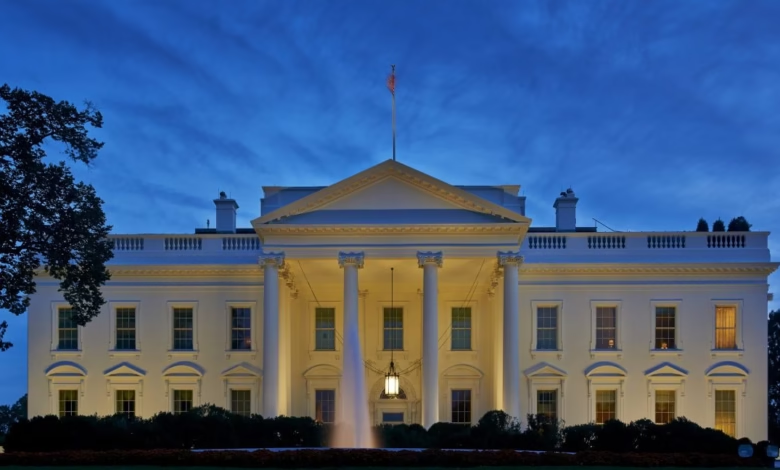Trump’s Executive Order Shakes Up Cybersecurity Policies

▼ Summary
– Cybersecurity experts criticize a recent White House executive order that removes key security requirements for government-used software and other controls.
– The order, issued on June 6, reverses several cybersecurity measures enacted by President Biden, which Trump’s administration called “political football.”
– The repealed measures included mandates for quantum-safe encryption, secure software development, phishing-resistant logins, and improved internet routing security.
– Executive orders often serve as performative displays, but Biden’s cybersecurity policies were policy-driven, addressing real threats like the SolarWinds attack.
– The SolarWinds attack in 2020, linked to Russian hackers, highlighted the need for stringent software security, which Biden’s policies aimed to address.
The recent executive order on cybersecurity has sparked intense debate among industry experts, with many questioning its potential impact on national digital defenses. The directive, signed earlier this month, rolls back multiple security measures implemented under the previous administration, including critical protocols for government software protection and quantum-resistant encryption standards.
Officials defending the policy shift argue that earlier regulations created unnecessary bureaucratic hurdles, labeling them as politically motivated rather than practical solutions. However, cybersecurity professionals warn that dismantling these safeguards could leave federal systems vulnerable to increasingly sophisticated threats. Among the revoked provisions were requirements for quantum-safe encryption adoption, strict secure software development guidelines, and phishing-resistant authentication methods—all designed to mitigate risks exposed by high-profile breaches in recent years.
One of the most contentious reversals involves the Secure Software Development Framework (SSDF), a set of standards introduced after the catastrophic SolarWinds attack. In that incident, Russian-linked operatives infiltrated a major software provider, using compromised updates to infiltrate thousands of government and corporate networks. The framework aimed to prevent similar supply chain vulnerabilities by enforcing rigorous development practices for contractors and agencies.
Critics emphasize that weakening these protocols could undermine years of progress in hardening federal IT infrastructure. Supporters counter that reducing regulatory burdens will encourage innovation and streamline operations. As the debate continues, the practical consequences of these changes, whether they enhance efficiency or expose critical systems to greater risk, remain to be seen. The balance between security and flexibility in government cybersecurity policy has never been more hotly contested.
(Source: Ars Technica)





